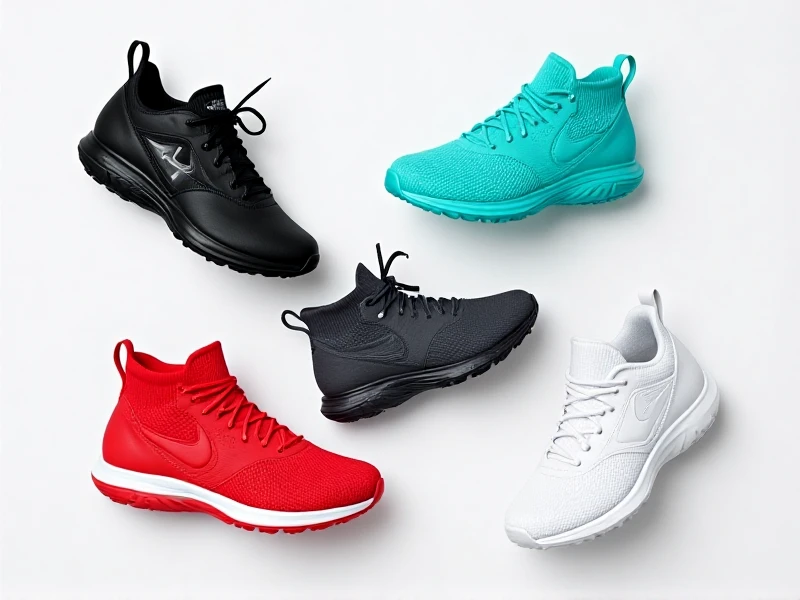Your Ultimate Guide to Choosing the Best Training Shoes

Here's an SEO-optimized article about training shoes in English:
Finding the perfect pair of training shoes is essential for maximizing your performance and safeguarding against injury, whether you're hitting the gym, attending a HIIT class, or focusing on strength training. Unlike running shoes designed specifically for forward motion, versatile training shoes cater to the multi-directional movements demanded by various workouts. Here’s why selecting the right training shoes matters and how to find your ideal match.
Why Dedicated Training Shoes?
Training shoes provide crucial stability during lateral movements, lifts, jumps, and quick changes of direction. They feature a flatter, more stable sole compared to running shoes, offering a solid base for squats, deadlifts, or lunges. The wider base enhances balance and power transfer while reducing rollover risk. Additionally, strategic cushioning absorbs impact during plyometrics without feeling unstable during heavy weights.
Key Features to Prioritize:
- Stability & Support: Look for reinforced midsoles and firm heel counters. This prevents excessive foot roll during side-to-side agility drills or under load.
- Traction & Durability: A non-marking rubber outsole with a versatile tread pattern (like concentric circles or smaller lugs) grips reliably on both gym floors and turf. Durable materials resist wear from rope climbs or dragging sleds.
- Breathable, Supportive Upper: Mesh uppers ensure ventilation during intense sessions. Look for secure overlays or a well-designed lacing system to lock your foot down without restricting movement.
- Optimized Flexibility & Cushioning: The shoe needs flexibility at the forefoot for sprints or agility work, while still offering responsive cushioning where needed, especially in the midfoot, without feeling too soft or squishy.
- Low-to-Mid Profile: A lower heel-to-toe drop promotes a more natural foot position and better ground feel, enhancing stability during lifts.
Choosing Your Perfect Pair:
Consider your primary activities. For predominantly weightlifting, prioritize maximum stability and a completely flat sole (some models even have firmer "lifting zones"). For bootcamp or Cross Training involving running, jumping, and agility, seek a blend of cushioning and responsiveness with excellent lateral hold. Opt for a snug-but-not-tight fit – your toes should have wiggle room, and your heel shouldn't slip. Try shoes on in the afternoon when feet are slightly swollen.
When to Replace Them:
Even great training shoes wear out. Monitor the sole for significant tread loss, especially in high-impact areas. If the cushioning feels compressed, you're experiencing unusual aches, or the shoe feels less supportive during side moves, it's likely time for a new pair—typically around 6-12 months for regular users.
Investing in the right training shoes elevates performance, prevents injury, and keeps workouts comfortable. Assess your training needs, prioritize stability and support, and find the pair that feels like a natural extension of your movement. Upgrade your gear and feel the difference in your next session!